Read update
- One of Motorola's best deals gets even better
Motorola has gained a massive foothold in the smartphone space over the past year, and that’s in no small part due to a compelling selection of budget and midrange devices, including the Moto G 5G. Armed with the decently powerful MediaTek Dimensity 700 and 6GB of RAM, you’d be hard-pressed to find a smoother running device at the same price point. However, Motorola's update guarantee is a bit anemic, and the display is pitiful compared to other budget-friendly devices.
If your budget is a bit bigger, there are, of course, better devices to be had. As of late, however, Motorola seems to have a pattern of launching devices "on-sale" and just never-ending that initial sale, or in the case of the Moto G 5G, increasing that discount over time. While it launched with an MSRP of $400, on sale at $350, the Moto G 5G has even been as low as $300. Alternatively, one can be had for even less, if you're willing to settle for a cut-down model from T-Mobile with just 4GB of RAM and 64GB of internal storage, all for the oddly specific price of $222.
Moto G 5G
The Moto G 5G is a great example of why Motorola's budget devices sell so well. It's a well-executed phone that sits right in the middle of the budget and midrange range. It has excellent battery life, smooth performance with a Dimensity 700 5G chipset, and a ton of built-in storage.
- Brand: Motorola
- SoC: MediaTek Dimensity 700
- Display: 1600x720 IPS LCD @90Hz
- RAM: 6GB
- Storage: 256GB
- Battery: 5,000mAh
- Operating System: Android 12
- Front camera: 13MP
- Rear camera: 50MP main, 2MP macro, 2MP depth sensor
- Connectivity: sub-6GHz 5G
- Dimensions: 165.4 x 75.8 x 9.44mm
- Colors: Moonlight Gray
- Weight: 204g
- Charge speed: 10W wired
- IP Rating: IP52
- Price: $400
- Micro SD card support: Up to 512GB
- Runs very smoothly
- Great battery life
- Runs Android 12 and will upgrade to 13
- Fast 5G connectivity
- Lots of built-in storage and has a Micro SD card slot
- Lackluster 720p display
- Only one speaker
- Super thick bezels
Design, hardware, and what’s in the box
As far as the looks go, all of Motorola’s current design conventions are on full display. While some things like the matte plastic shell, headphone jack, and thick body are exclusive to more affordable phones from the company, you’d be hard-pressed to pick the Moto G 5G out from a lineup of other G series phones. The back has a Motorola logo in the middle and a camera bump with three vertically aligned lenses and text identifying the 50MP main shooter. The right side has the volume rocker just above the power button with an integrated fingerprint reader. While Google managed to put a fingerprint sensor under the screen of the Google Pixel 6A, the Moto 5G's integrated fingerprint reader in the power button is fast and consistently gets good reads. The bottom has a charger port, headphone jack, and a single speaker. Like Motorola's other budget and midrange offerings, that bottom-firing speaker is the only speaker, so while the earpiece puts up fine audio quality in calls, it's non-amplified, so expect to do a lot of hand cupping if you plan on watching YouTube without headphones.
Initially it seemed the Moto G 5G had a durability issue—the back of the phone had very noticeable scuffs from its time in my pocket on my desk, and the text on the camera bump partially rubbed off after hardly any time. I haven't had any issues as egregious as this since my initial review, and I haven't exactly been precious with the G 5G, so it seems the construction is up for everyday life. Aside from those minor cosmetic issues despite its plastic construction.
.jpg)
.jpg)
The Moto G 5G also continues Motorola’s recent trend of using MediaTek chips in its lower-end devices. Unlike the MediaTek Helio 88 found in the Moto G Stylus (2022) refresh from earlier this year, the Dimensity 700 under the hood of the Moto G is considerably newer and much more powerful. While benchmarks aren’t everything, the Dimensity 700's numbers are just behind those of the Moto G Stylus 5G, which ships with a Qualcomm Snapdragon 695, that came out at about the same time. While I wouldn’t say this makes it punch above its price point, the Moto G 5G definitely tops the sub-$300 starter-phone tier. This helps to make up for the lackluster display and lack of NFC.
As much as it pains me to say, including a charger in the box isn’t a given anymore, but the 10w one that comes along with the Moto G 5G is the maximum charging supported speed by the device. While 10w is pretty slow by today’s standards, the longevity of the 5000mAh battery will ensure you don't have to plug in too often. You will be plugging it in, too, since it doesn't support wireless charging. That's not a dealbreaker for an affordable device, but it's worth pointing out.
Display
One of the most important parts of any smartphone is the display. While it’s becoming common for budget-oriented phones to get high-refresh displays, resolution is still lacking. The Motorola Moto G 5G's LCD clocks in at 720p like a lot of other 2022 budget phones, but Motorola sells a cheaper phone with a 1080p display—the Moto G Stylus (2022). The low-resolution display is not a dealbreaker, but it definitely feels like an odd choice.
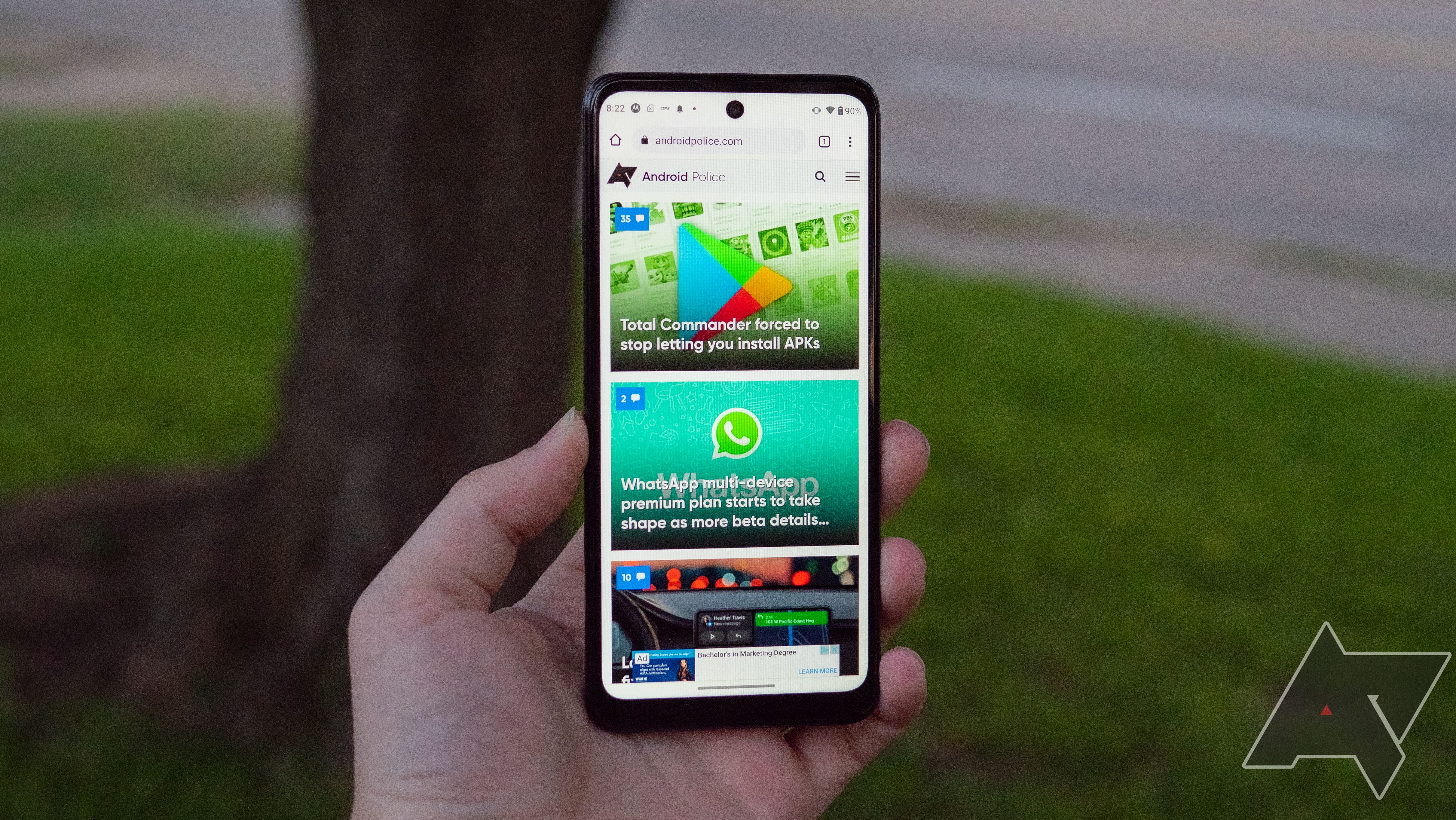
.jpg)
The screen is bright enough to read outdoors, but it doesn't look good, and you might have to squint or angle the phone to make everything out. Compare that to something like the Pixel 6a, which has an OLED display that's easy to read outside. At twice the price of the Moto G 5G, Samsung's flagship phones have displays that look almost as incredible in direct sunlight as they do indoors.
Overall, the display is probably the Moto G 5G's biggest downside. The bezels are thick, it has a massive chin and forehead, the blacks are far from black, and there’s some serious haloing in dark scenes. Drawbacks like these are to be expected from a budget device, and the display isn’t bad in that context, but these flaws definitely remind you this is not a flagship phone. It’s especially egregious when the Samsung Galaxy A53 5G, at just $50 more, has smaller bezels and a 1080p AMOLED display, but it's a much smaller issue if you were looking at one of the significantly cheaper, cut-down Moto G 5Gs from T-Mobile.
Software, performance, battery life
Moto’s current update promise is three years for security and a single Android version update. While that felt like a bit of a letdown for the batch of Moto devices that launched with Android 11 earlier this year, the Moto G 5G has Android 12 out of the box, so it will eventually get Android 13. Just like when I reviewed the Moto Edge+ (2022), one of my favorite things about the Moto G 5G is the extra customizability of Material You. When combined with Motorola’s great gesture controls, there are a lot of ways to tailor your experience with this phone and how it looks. With the included Moto app wrangling all of these customizations into one easily navigable menu, it’s incredibly fast and easy to go from doing the initial setup to having the phone fine-tuned exactly how you want it.
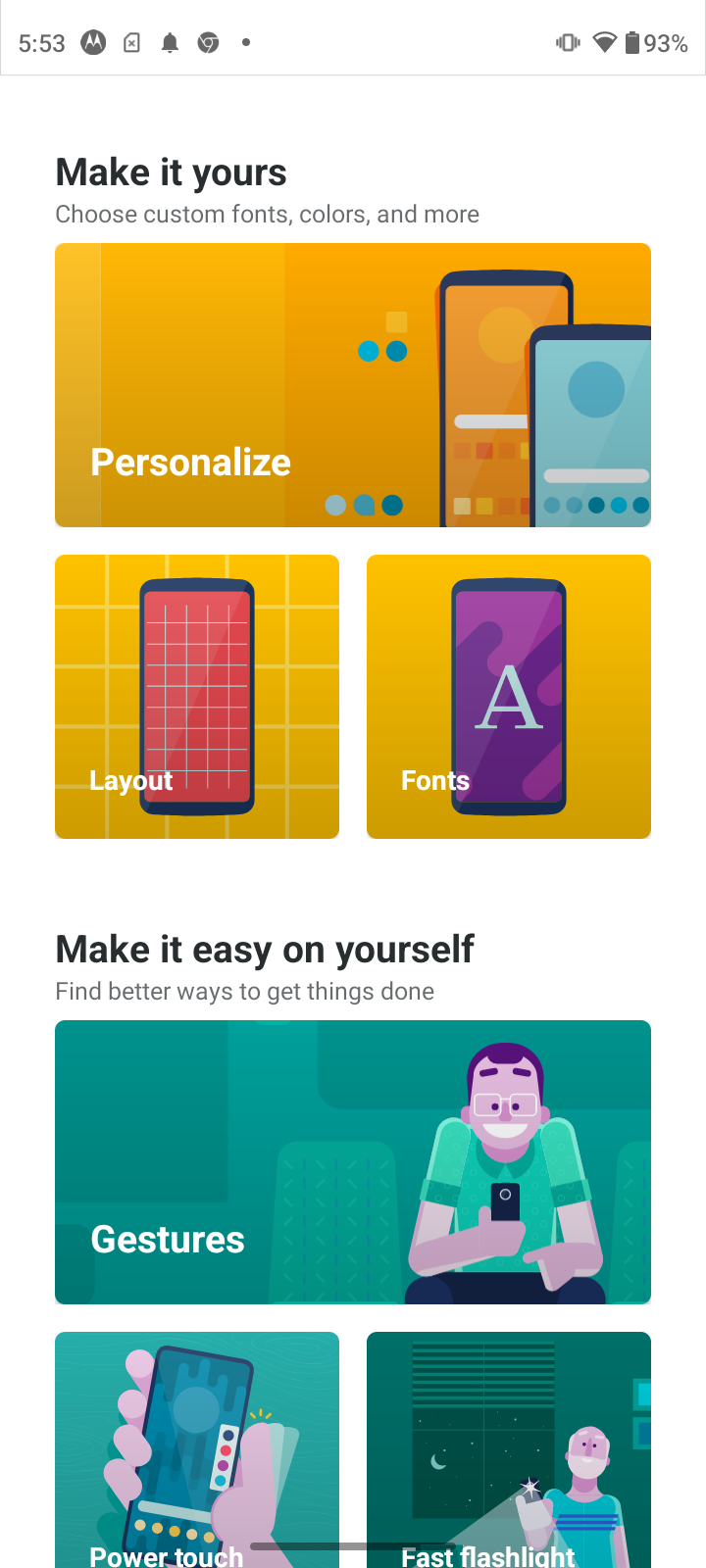
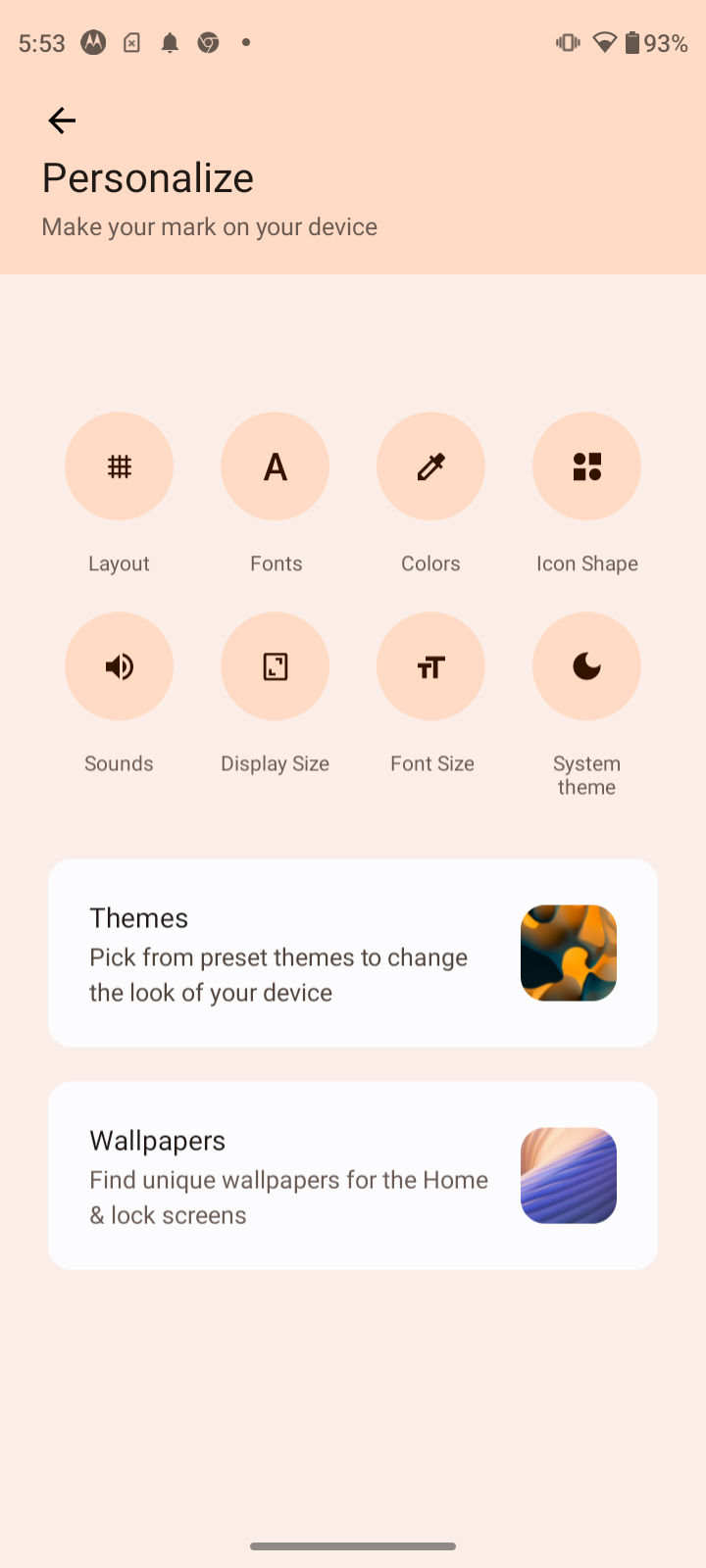
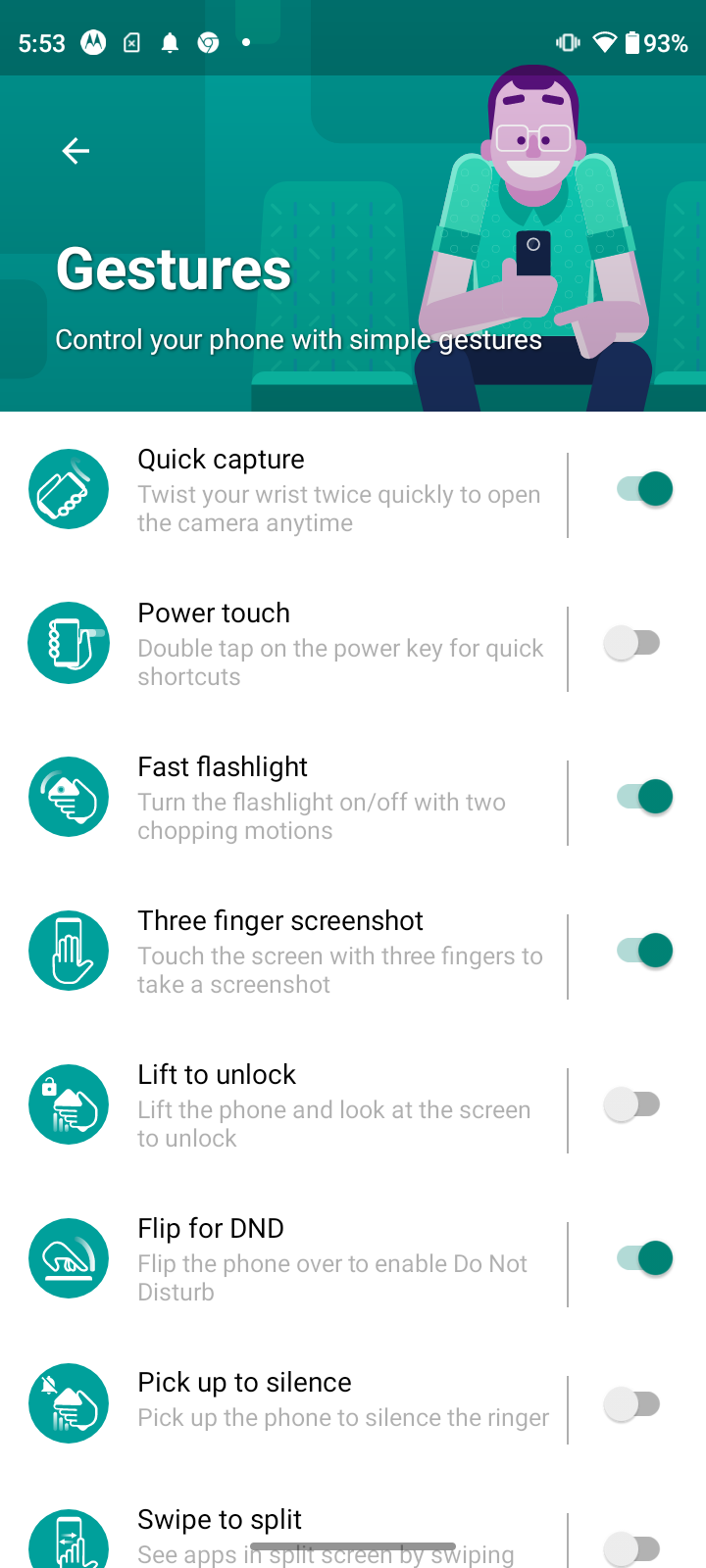
If you need a phone that can go the distance, the Moto G 5G could be it. While it’s easy enough to just pop it on a charger before bed, knowing that it’s going to be fully juiced by morning, I found myself not even bothering with charging unless the Moto G 5G was at less than 60%. Motorola is calling this a two-day battery, and in my experience, that’s not an exaggeration. The 5,000mAh battery is more than capable of making it to the end of the next day most of the time. Even on days when I dumped a couple of hours into games, the battery percentage never got concerning. One of the only times I felt like I had to recharge the phone before it was on its second day, the screen had been at max brightness while using maps for a few hours, and I downloaded a bunch of apps over 5G. Though it's just a Sub-6GHz 5G connection, it's still a bigger drain on the battery than your standard LTE, and even with all that stress to the battery, I only got the battery down to 45% by the end of the day.
With all that battery, the snappy Dimensity 700, and the smooth 90Hz display, the Moto G 5G is great any time you want to play some games. Playing "Genshin Impact," I could count on one hand the times I experienced dropped frames or jittering. Easier to run games like "CSR2" (which has native support for up to 120fps) were seamless, and I didn't notice a single issue. The 720p resolution doesn’t look as good as 1080p or 1440p, but it’s not bad enough to be distracting in games, and few devices can run "Genshin Impact" at those resolutions without bursting into flames.
If you were looking to get into "Diablo Immortal," this isn't a great option since it's prone to chug with that game, even in the tutorial. That extra frame rate doesn't add up to much when you can't even run the game at 60fps, especially since it's already at 720p. While turning the graphics down will smooth things out, it isn't going to look particularly eye-pleasing due to that low resolution. If you wanted an extended gaming session with something more casual, I managed to play through all five-ish hours of "There Is No Game: Wrong Dimension" in a day, the majority of which was during a single sitting. I did have to throw it on charge at the end of that day, but that's not bad after a day with so much extra screen time.
Cameras
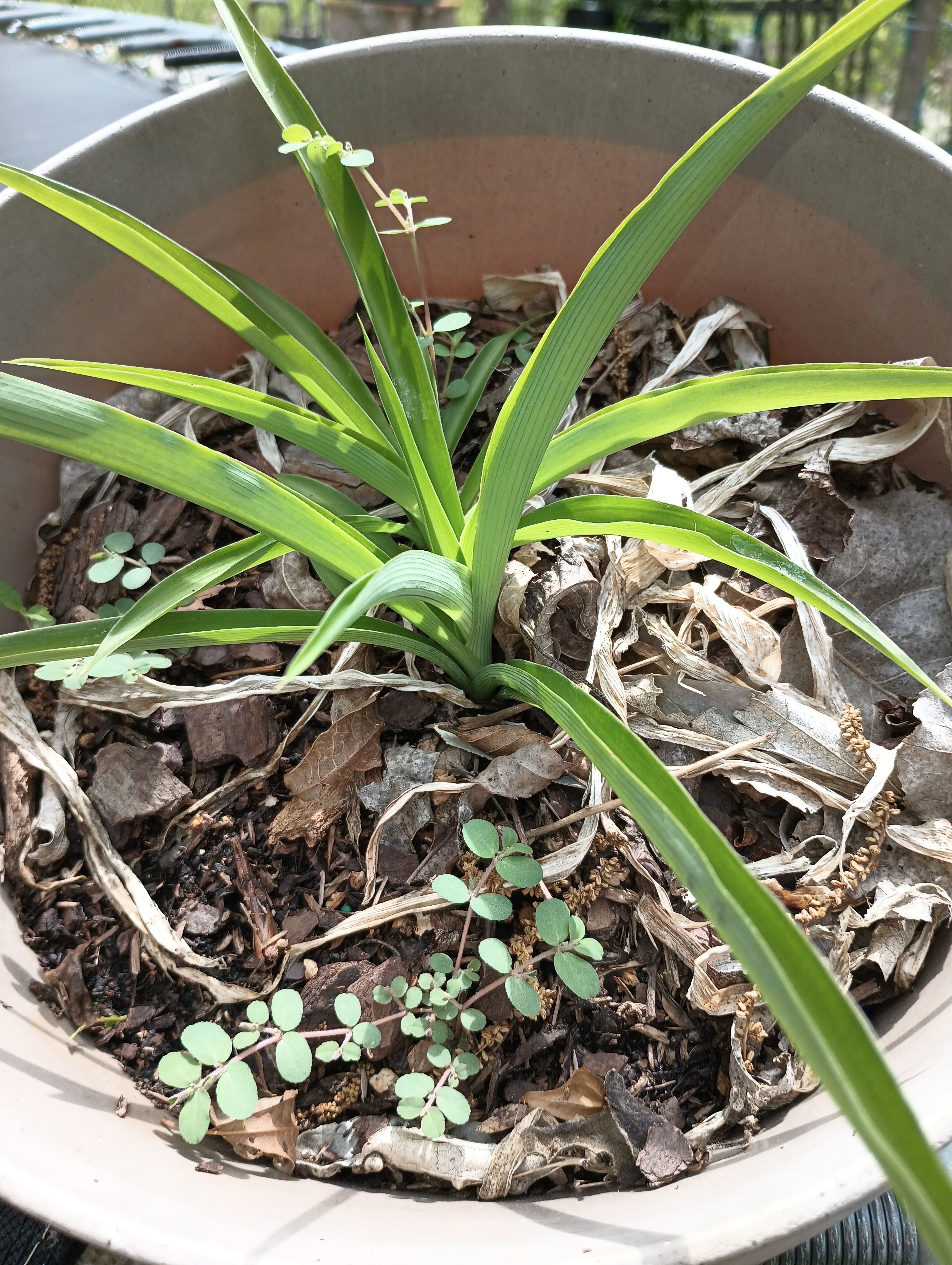



The camera bump on the back may have three cameras, but one of them is the same 2MP depth sensor Motorola is dead-set on putting on everything, and another is a 2MP dedicated macro camera. While it’s still a bit of a drag to see those two on the back, the 50MP primary shooter is pretty good for such a budget-friendly device. While I wouldn’t call it competitive with midrange options from Samsung or Google, it’s at least much better than the main shooter of more affordable Moto devices like the G Stylus from earlier this year. While it’s still prone to the same grainy low-light issues and lackluster night mode, the daylight shots are much better, and it’s a bit more forgiving when it’s overcast. The dynamic range is also fairly good for a device this inexpensive. I had very few issues with brighter areas blowing out and losing details in the shadows. This isn’t a huge leap in quality for Moto, but it definitely made enough of a difference to save some shots that would have been pretty bad otherwise. The 2MP macro lens isn’t particularly good, but it’s still usable if you have plenty of light.
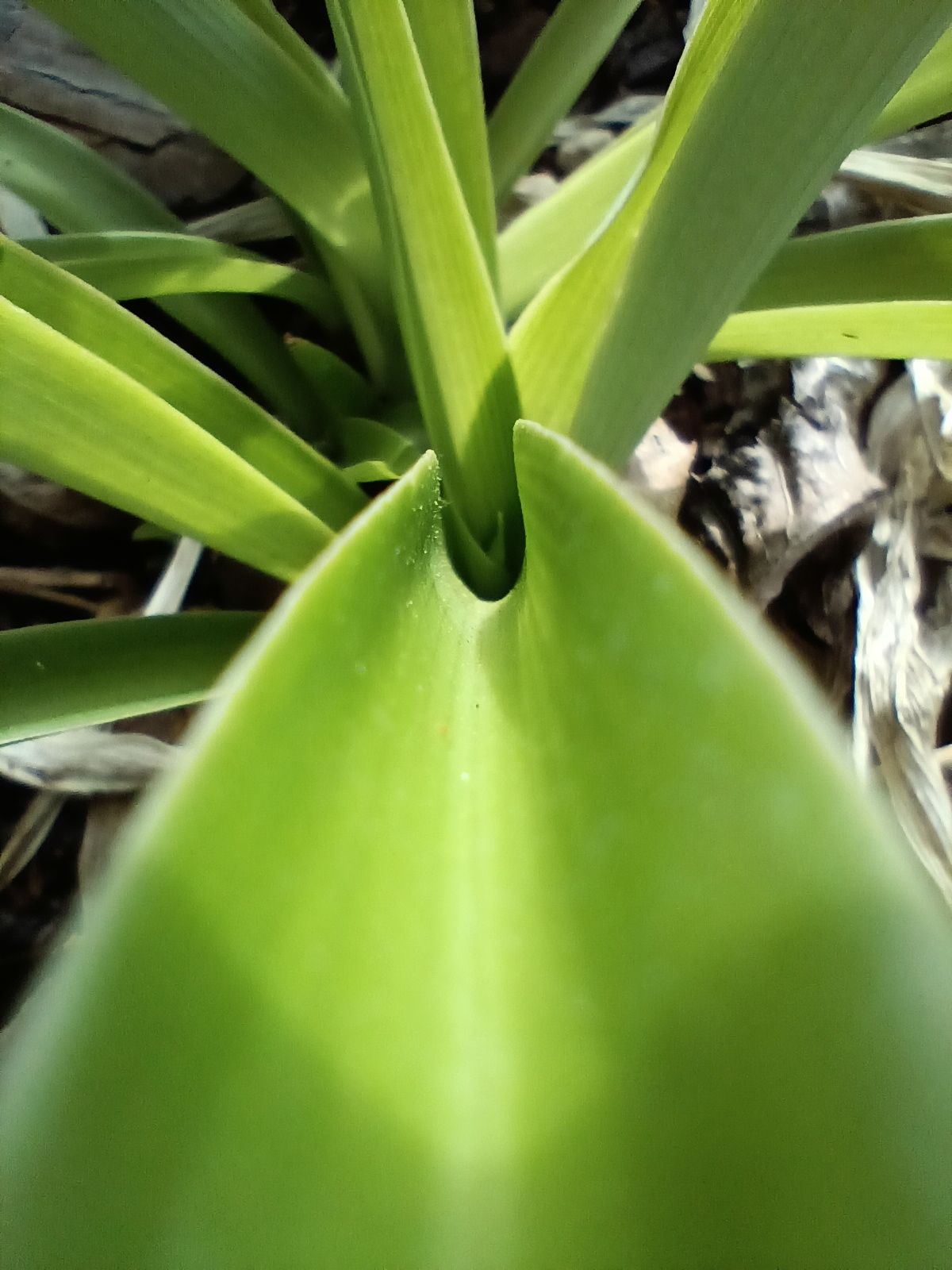

Selfies aren’t half bad either. Because the main camera bins down to 12.5MP, the 13MP selfie camera produces the highest resolution shots by default, and just like the 50MP on the back, it shoots video in 1080p30. The colors of the selfie camera are pretty great, too. Flesh tones render accurately, and details are nice and sharp but not in an overly artificial way. It’s nice to see that much attention given to what is the most used camera for some folks. If you don’t want people to see your pores, though, you might want to leave the beauty filter on.

Should you buy it?
If you’re in the market for a budget-friendly phone, maybe. TCL launched a more competitively priced phone with the same chipset, the TCL Stylus 5G. At $258 it seemed like it was poised to eat Motorola's lunch, but with the current pricing it's only slightly more expensive, and still well priced given the extra ram and storage. This is all before considering how much smoother the software of the Moto G 5G is than that of the TCL Stylus 5G. If you need to cut down that price, though, Moto also sells a similarly cut-down version of the G 5G through T-Mobile for less than $225. With Motorola’s promise of 3 years of support, 256GB of storage on the full-price iteration, and solid 5G speeds, this phone should serve you well for a few years. Although, we still think new phones should have longer update lifespans than this.
At the launch pricing, you’d probably have been much happier spending a little extra for something along the lines of a Samsung A53, Pixel 5A, or the Pixel 6A now that that's here. Those phones are all hands-down better, sporting superior cameras and longer update support, but now the Moto G 5G is in a totally different price category, with very little actual competition to speak of.
Buy it if...
- You want an easy-to-use phone with Android 12
- Your max budget is around $300
Don't buy it if...
- You can spend the extra money for a Pixel 6A
UPDATE: 2022/09/25 11:00 EST BY CONNOR NOLAN
One of Motorola's best deals gets even better
This review has been updated to be accurate as of September 2022, including impressions from long-term testing, performance in recent game releases, and pricing changes
FAQ
Q: How does the Moto G 5G compare to the Pixel 5a 5G?
The Pixel 5A is only $50 more, and that comes with the fantastic camera quality Pixel devices are known for, Google's second to none software support, and better build quality. The Moto G 5G has double the storage, a bigger battery, a faster refresh rate, and a higher resolution selfie camera. The Pixel 5A has a better IP rating, a faster processor, and faster charging with 18W USB power delivery.
Q: How does the Moto G 5G compare to the Samsung Galaxy A53?
The Moto G 5G is $50 less, and still manages to have twice the storage, the same battery size, and the same amount of ram. The A53 may be just a little more, but comes with a much better looking AMOLED display that clocks in at 1080p @ 120Hz. On top of that it has 25W fast charging, its main camera is higher resolution at 64MP compared to the 50MP of the Moto, has 5MP versions of the Moto's 2MP depth and macro cameras, boasts a 12MP ultrawide camera on top of that, and has a higher resolution selfie camera at 32MP to the Moto's 13MP.

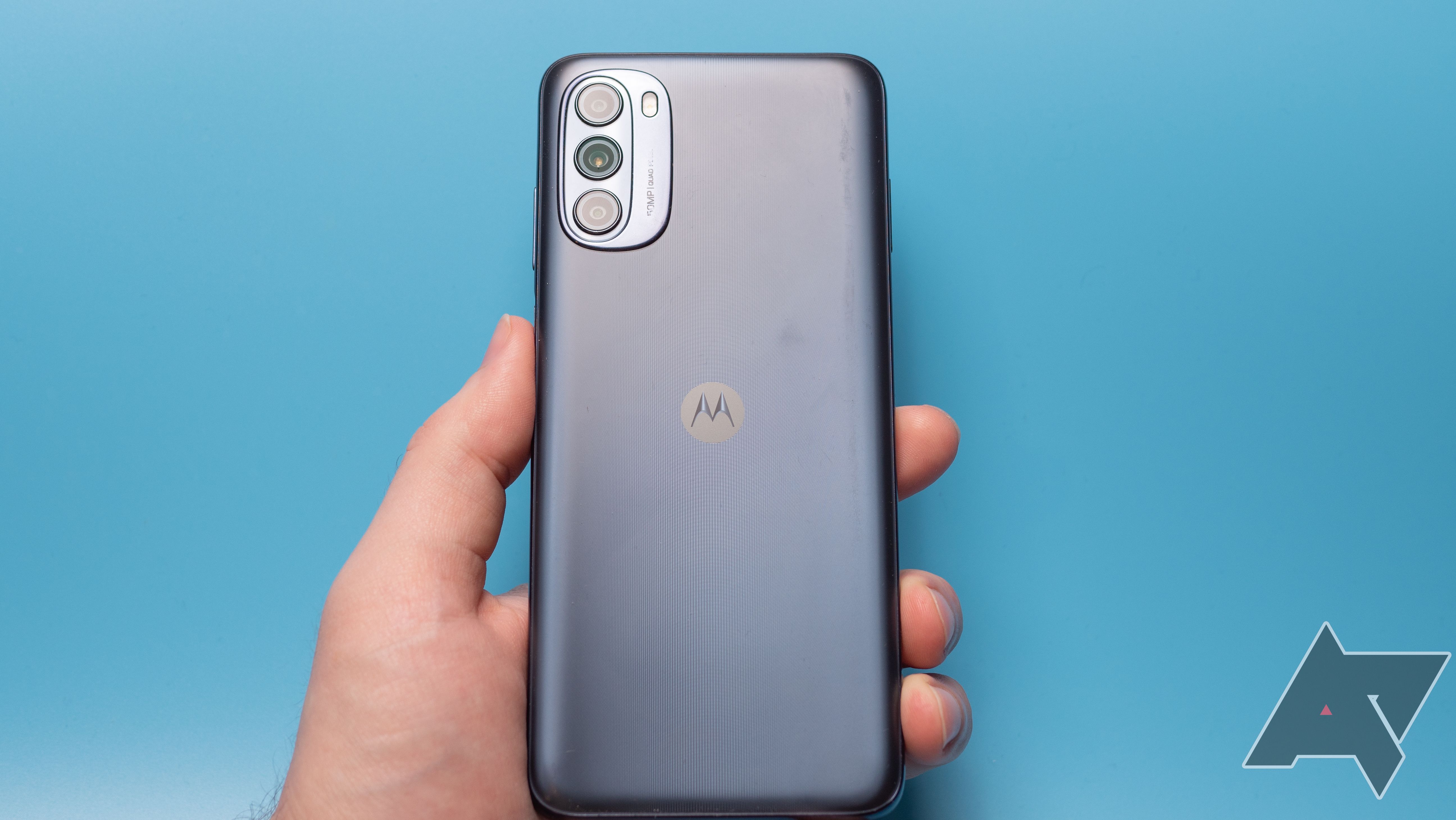
.jpg)
.jpg)
.jpg)
.jpg)